How to get rid of weeds: 101
Weeds can completely take over your garden choking out the things you want to preserve like your vegetables, perennials, annuals and sanity. Here's how to get rid of weeds.
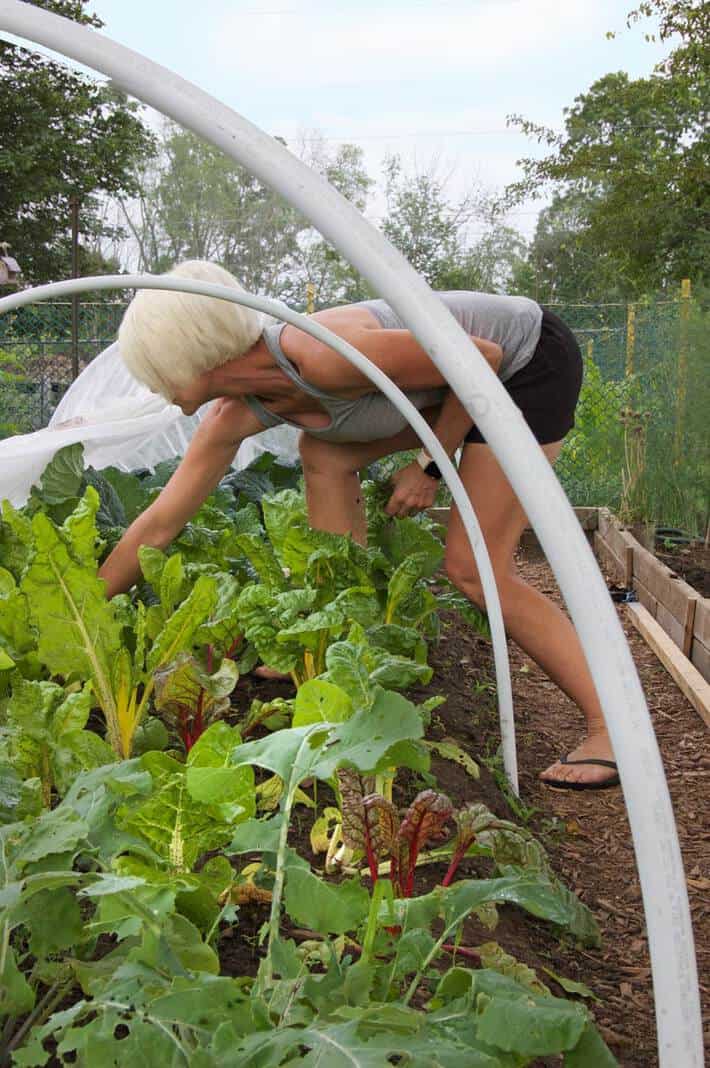
I'm going to start off with a controversial statement about weeding: you're never going to be able to get rid of them. With weeds, all you can hope to do is keep them under control. Like a patch of eczema or a toddler coming down from a birthday party high.
There are three ways to go about getting rid of these garden goons: killing, pulling and preventing them from growing in the first place.
If you were a grazing animal on the African plains weeding would be easy and dinner. But you are not and it is not.
Table of Contents
Weed Killers
NATURAL
There are a ton of home remedies online to kill weeds naturally. Some work, some don't. These two do:
Boiling Water
Boiling water is a method I use for weed removal that does work, but it needs to be repeated over and over to kill weeds that have taproots.
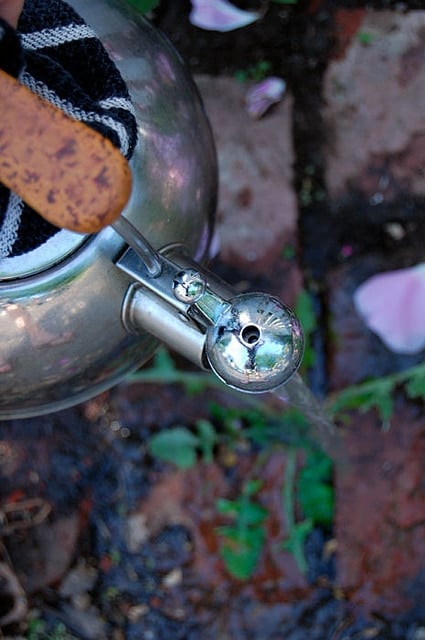
DIY Weed Killer
8 cups vinegar
½ cup salt (epson or table)
½ tablespoon dish soap
When mixed, these ingredients are actually a powerful weed killer with the vinegar and salt drying out the weed and the dish soap creating enough surface tension to the liquid to allow the mixture to absorb into the weed as opposed to sitting on top and sliding off.
BIOCHEMICAL
Biochemical weed killers use chemicals to target and kill weeds usually after only one application.
Before you dismiss the big bad chemicals, some weeds are more dangerous to you than the chemicals are. Coming into contact with Giant hogweed, pokeweed or deadly nightshade for example will really have you yearning for that time you bumped into that joke of a weed, poison ivy.
Selective Herbicides
These weed killers target specific weeds like broadleaf weeds (dandelions) or annual grass weeds.
Non Selective Herbicides
KILL EM ALL. That's what these herbicides do. Non selectives kill everything they come into contact with; weeds, grass, perennials and more.
Pulling Weeds
Even the most stubborn weeds pull out easily from loose soil. If you don't have loose/sandy soil your best advantage over the weed is to wet the soil.
BY HAND
Keep a bucket nearby to throw weeds into. Grab the weed at the point where it touches the soil and pull. There's nothing else to explain.
WEEDING TOOLS
Most of them are useless or labour intensive gadgets but you don't know which is which until you try them out. These 2 weeding tools are all you need. One for pulling weeds with taproots, and one to remove small annual weeds:
- Fiskars 4 claw weeder - Fantastic for big weeds with taproots. If you water first you'll get the whole taproot out 80% of the time.
- Dutch hoe - Perfect for effortlessly removing small weeds by cutting them off at the soil line. You don't need to remove the roots from annual weeds. As long as you cut the top off of them they'll die of starvation. *** This tool is especially good because it doesn't disturb the top layer of your soil ***
- Cobrahead - If you like a hand tool for taking out weeds this is the one to get. It also works to create furrows for planting.
For big carpets of weeds that are 4" high or more (like I see on my vegetable garden beds every spring) I find the fastest way to get rid of them when they're at that point is to pull them by hand in clumps. Sorry for the bad news. There's no magic way.
The only way to go from this to that ... is work of some kind.
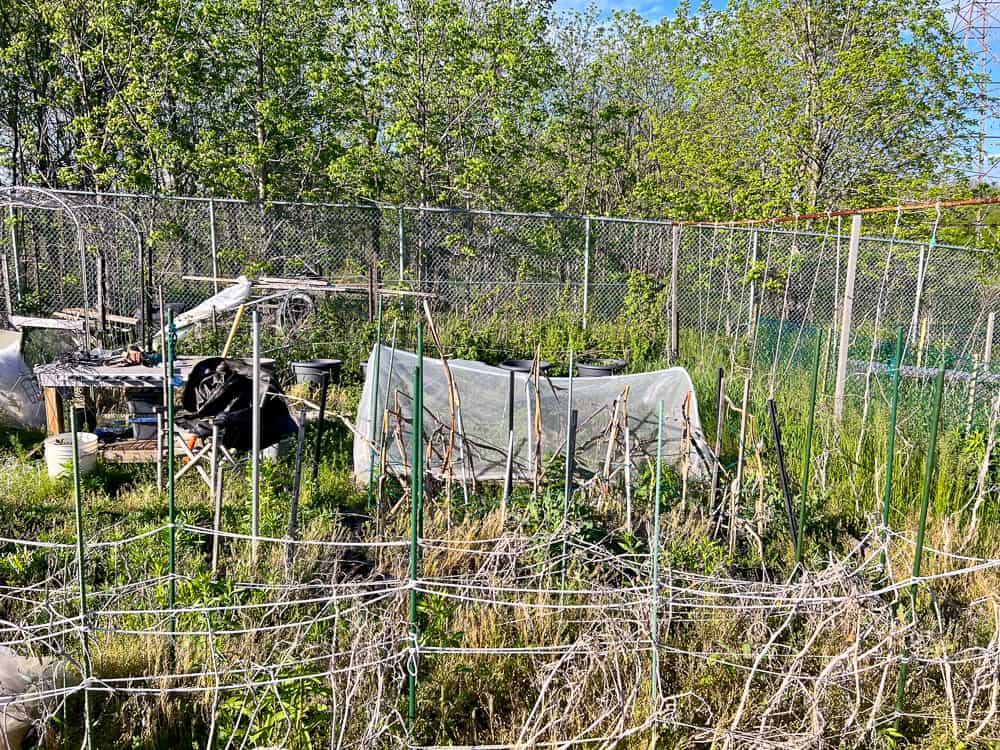
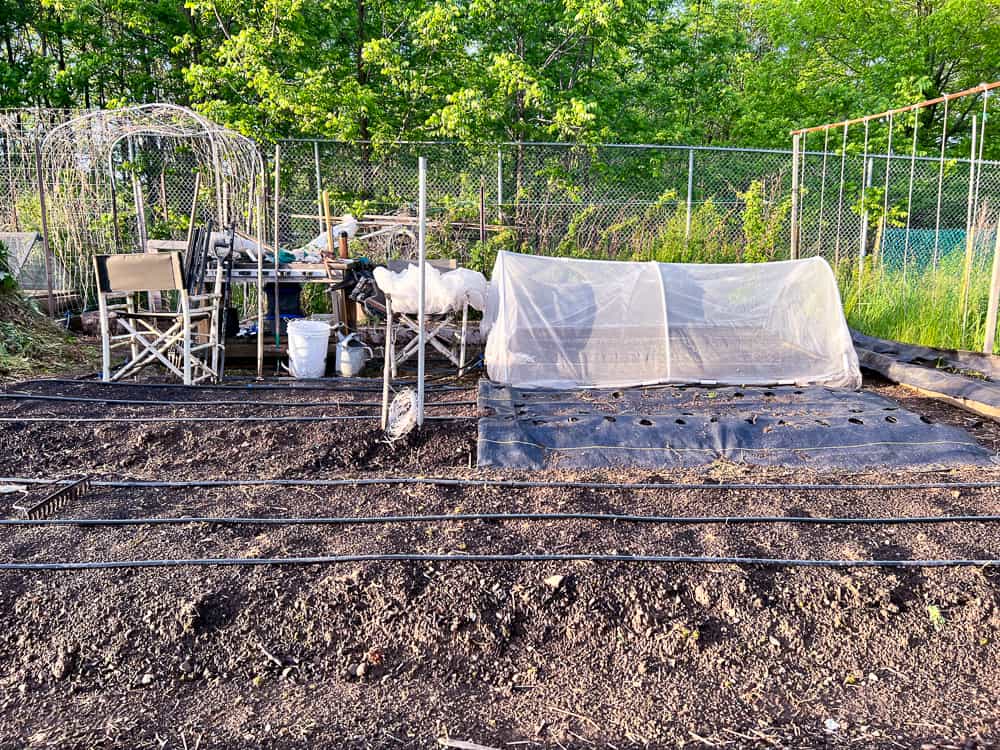
Preventing
COVER CROPS
Would you like to save this stuff?
Bare soil is a weed's best friend. They're lovers. It gives them all the sunshine, water and space they need to take over. Planting something - anything - will diminish spring weeds.
Plant your cover crop for weed suppression in the fall. Typical cover crops used to prevent weeds are radish, mustard, collards and rye. However, remember, if you plan to plant in that bed you're going to have to cut back/remove that entire cover crop before planting.
So basically ... you'll have to weed.
Choose cover crops for bare land that will be unused for a year or more unless you own a combine and a farmer plates on your vehicle.
LANDSCAPE FABRIC
Regular landscape fabric is useless, as anyone who has ever tried it knows.
Agricultural landscape fabric on the other hand is very effective at blocking out weeds and will last for years without degrading. I use massive rolls but the fabric I linked to above is very reasonably sized at 4' x 10'. Perfect for garden beds. Just cover the beds with it in the fall and remove it before planting to prevent weeds from sprouting.
It's also a superb option for paths.
MULCHING
Mulching garden beds or pathways works quite well. The odd weed will get through but the majority of them will stay in the dark.
Mulching looks nice, but it needs to be redone every couple of years because it decomposes fairly quickly (which is great for your soil.)
NO DIG GARDENING
No dig gardening (where you don't turn the soil or till it) IS a bit of a magical solution to preventing weeds. How? By keeping weed seeds hidden underground, never to see the light of day.
250 square feet of garden or lawn soil
contains 1 million dormant weed seeds in the top 6"
Yes, you read that right. There are millions of weed seeds hiding in your soil (known as a seed bank) So when you dig your soil, you're exposing thousands of weed seeds to the sunshine it so craves.
The less you disturb the top layer of your soil, the fewer weeds you will have. Plain and simple.
What is a weed anyway??
People love to say that a weed is anything that grows where you don't want it to. But that's kind of a silly explanation don't you think?
Sure it's technically true but to be more specific a weed is something that thrives in poor soil and is aggressive. It has the ability to multiply and take over a garden at an alarming rate either due to barfing weed seeds everywhere or through creepy runner roots.
If for instance, a peony was popping up between my bricks instead of a dandelion I wouldn't refer to it as a weed even though I don't want it there. Why? Because it isn't a weed.
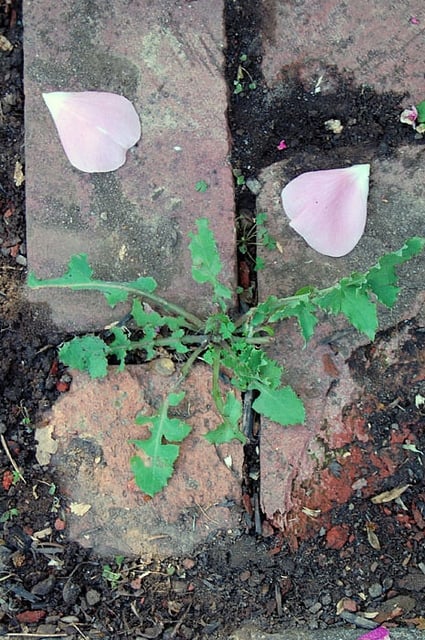
Common Perennial Weeds
- Dandelion
- Bindweed
- Clover
- Creeping Charlie
- Plantain
- Thistle (looks like a dandelion but leaves are covered in needles)
- Poison Ivy
- Quickgrass
- Dock
- Wild violet
- Nettle
Common Annual Weeds
- Crabgrass
- Lamb's Quarter
- Purslane
- Pigweed
- Knotweed
- Black nightshade
- Velvet leaf
- Spurge
- Chickweed
- Ragweed
Benefits of weeds
Weeds actually do a great job of conditioning and protecting your soil so don't use up all your pent up hatred on them. Save some of that hatred for pests like vine borers or wine coolers.
- The taproots of perennial weeds aerate the soil.
- Their leaf canopy provides food for animals and microbes.
- They shade the soil reducing the need to water.
- Weeds add organic compounds to the soil and help improve nutrient deficiencies.
- Roots of weeds provide food for worms and attract them to your garden beds.
Leaving your vegetable garden to cover itself in annual weeds in the fall once harvesting is done can actually improve your garden. They act as a cover crop.
Weeds protect the soil, creating a much richer, moist and loose soil to work with in the spring.
The TRICK is to pull the weeds in the spring before they set seed and start the cycle all over again.
Quick Weeding Tips
- Pull weeds as soon as they pop up.
- Pull weeds after a rain or watering.
- Deal with them BEFORE they flower and create seeds.
- Don't walk on and compact planting areas. Weeds are happy in compact soil, most other plants are not.
- Wear gloves - some weeds cause skin irritation.
- For short weeds use a dutch hoe, for big weeds with a taproot use the Fiskars claw weeder.
- When removing weeds with runners (like quackgrass) you need to completely dig up the soil to find all of the runners and remove them. This in turn reveals more annual weed seeds. So, yeah. Quackgrass sucks.
- Grasp big bunches instead of individual weeds for better leverage and better success.
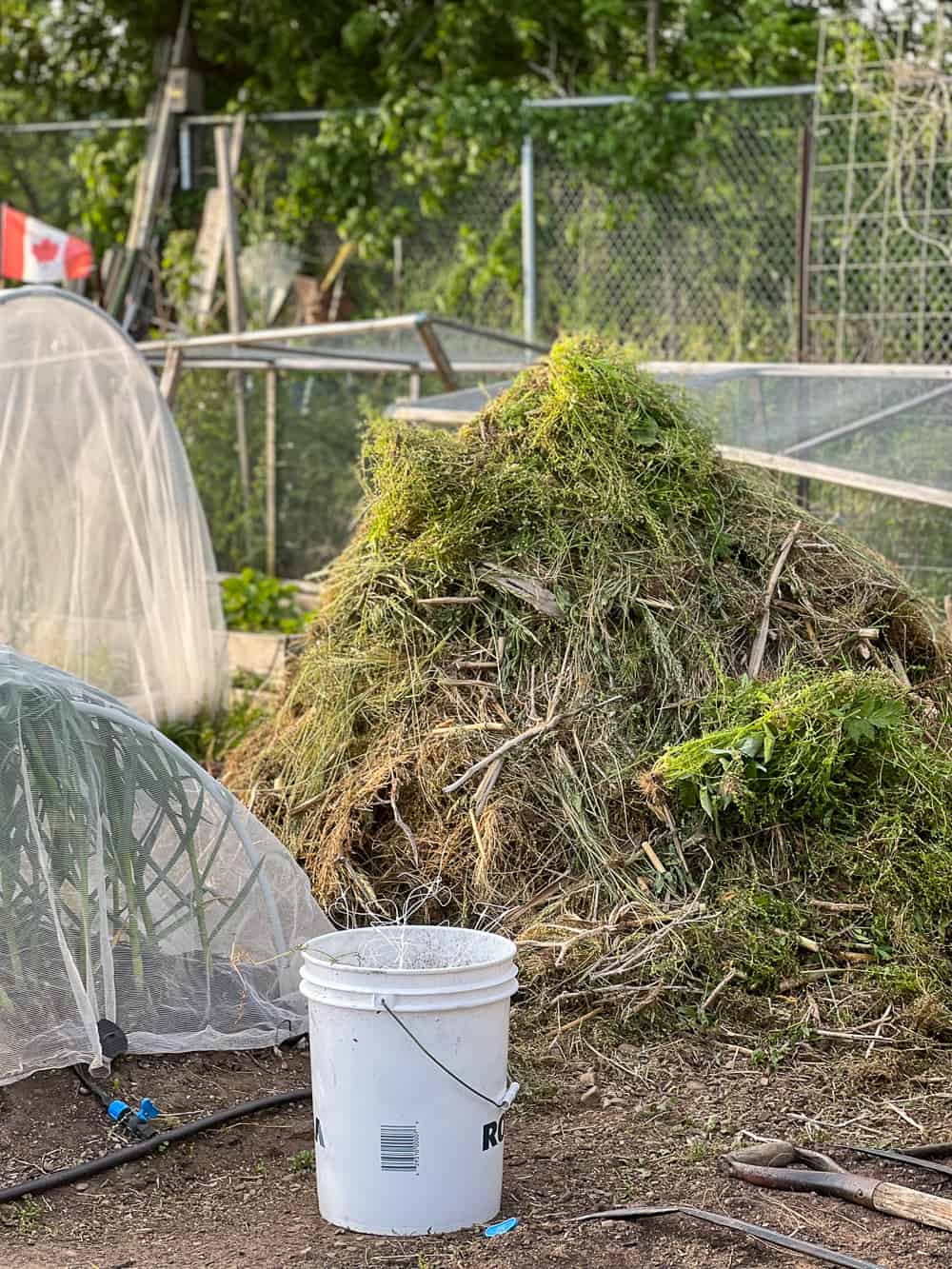
Compost them. The easiest way to do this is to just throw all your weeds in one place to create a pile. You don't need a compost bin to compost. Hot composting is the best option for composting weeds because it will kill any weed seeds.
Once you cut the top off of an annual weed it won't grow back. If you cut the top off of a perennial weed it WILL grow back but weaker. It can only do that so many times before the tap or runner root will die. So keep at it.
Either keep a 5 gallon bucket beside you to throw them in or leave them on the ground and rake them into a pile at the end of the chore.
I believe you are now sufficiently armed to weed like a wildebeest. Good luck.
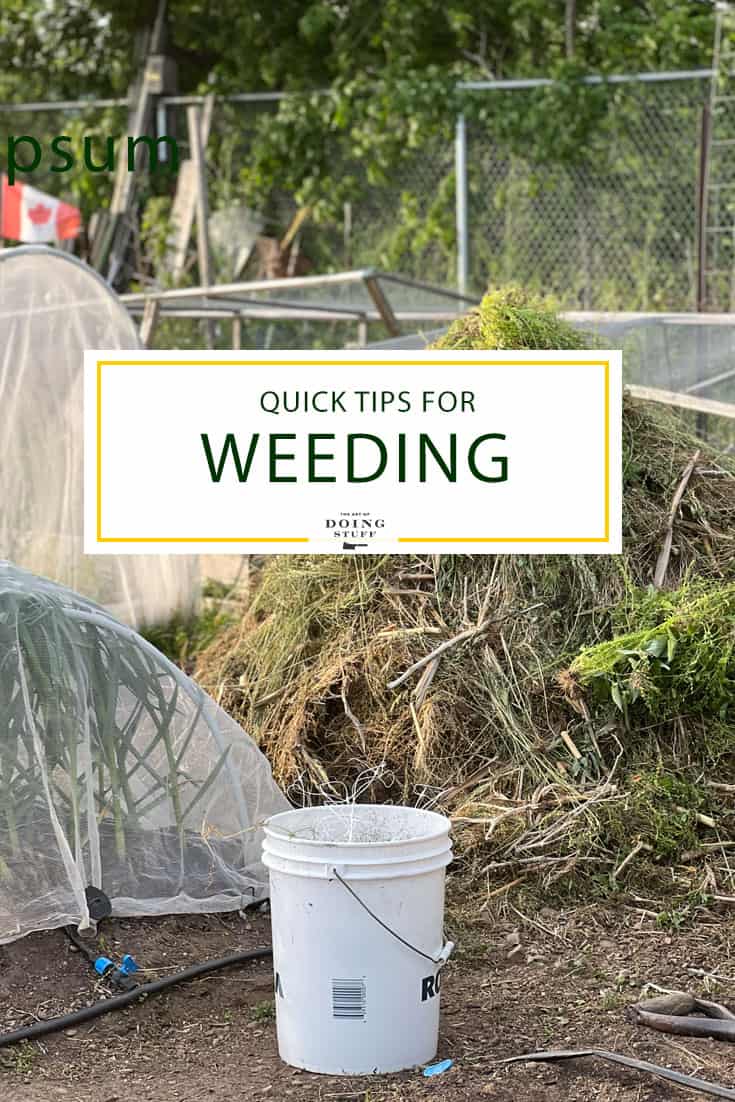


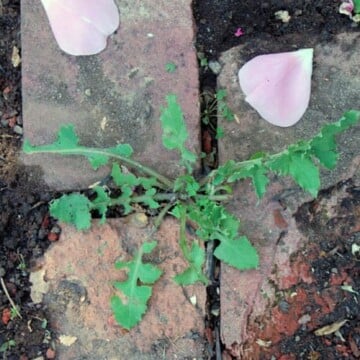
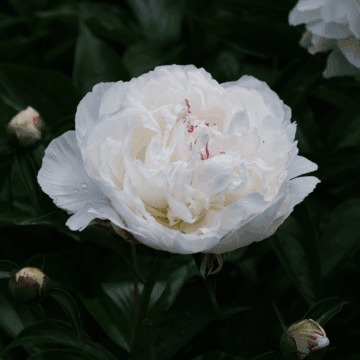

Pattie Meyers
I’ve ordered the agricultural landscape fabric you linked to cover the pathways around my various stock tank raised beds. Do I need to kill/remove all weeds before putting down the fabric?
Karen
Hi Pattie! I do, yes. Mainly because of perennial weeds which have the strength of all superheroes and mythical creatures combined. But if you're going over weaker, annual weeds I wouldn't worry about them. ~ karen!
Sandra D
The worst weed in my garden is creeping bellflower - I've heard that only Round-Up will kill it but now I can't find it in the stores. Is it really outlawed?
Forest Duncan
The active chemical ingredient in Round-up is Glyphosate. If you search for Glyphosate, you will find that there are several other products that are essentially identical to Round-up. Some examples are Rodeo, Eraser, RM43 and Hi-Yield Kilzall.
Most of these products are highly concentrated, and must be diluted significantly for use.
Sandra D
Thank you! I have a friend who's brother is going to get us some agricultural strength week killer - hate to have to use it, but I hate the creeping bellflower even more; will try your suggestions if it doesn't work (I'm sure I'll need more than one application).